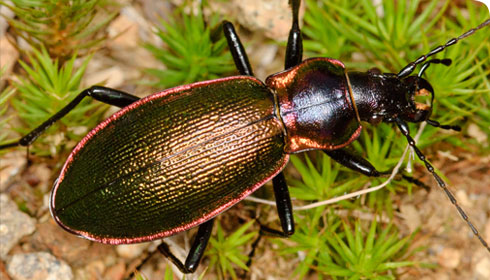Carabus olympiae (Olimpia’s ground beetle)
Carabus olympiae - sometimes known as Olimpia’s ground beetle - was first described by a well-known Italian entomologist, Eugenio Sella in 1855.
It is named after Sella’s 8 year-old cousin, Olimpia, who found a dead specimen in the Alps of Piemonte in northern Italy in the summer of 1854. Sella realised immediately it was a fabulous new species.
This stunning beetle has always had a mythical aura surrounding it, because of its glistening golden-green, purple and red metallic reflections, and its extreme localisation. It is known from only one alpine valley in Italy.
Its restricted distribution indicates it is a relict population that survived during the last glaciations.
Because of its rarity and beauty, the beetle was over-collected in the late nineteenth and early twentieth centuries, and was feared extinct after the first world war. The beetle’s distribution was subsequently discovered to be slightly larger than first supposed. It is now a protected species in Europe.
Species detail
-

Taxonomy
This striking beetle has many handsome relatives. Find out what makes them so attractive.
-

Distribution
This beetle is found in a single valley in Italy’s Piemonte mountain region. Find out more.
-

Biology
Carabus olympiae feeds at night and hibernates in winter. Find out more about this beetle’s lifecycle.
-

Conservation
Carabus olympiae has a limited distribution and is threatened by habitat loss. Find out what can be done to protect this species.
-

References
Get more reference information on Carabus olympiae.
Images
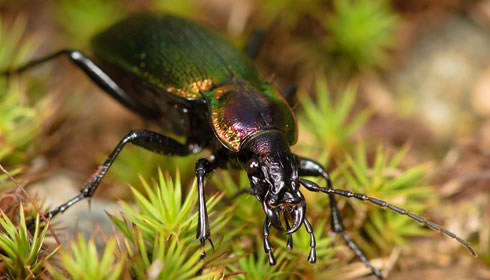
Carabus olympiae.
© Mauro Morando
Carabus olympiae.
© Mauro Paschetta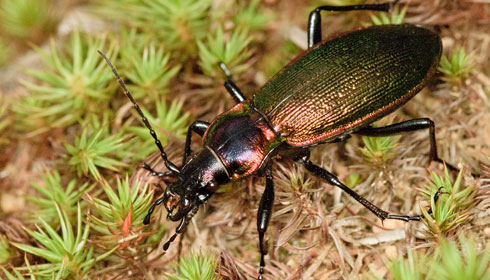
Carabus olympiae.
© Mauro Morando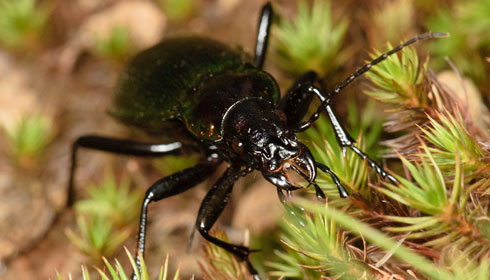
Carabus olympiae.
© Mauro Morando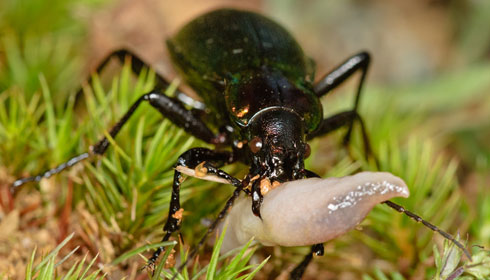
Carabus olympiae.
© Mauro Morando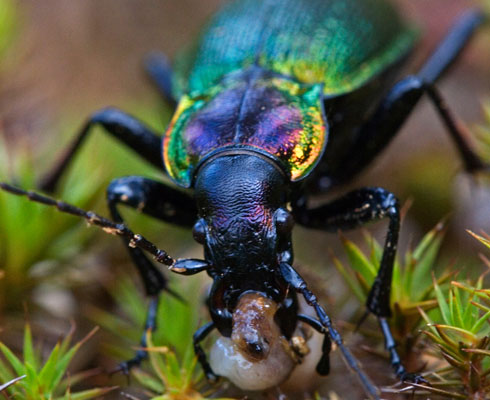
Carabus olympiae.
© Mauro Paschetta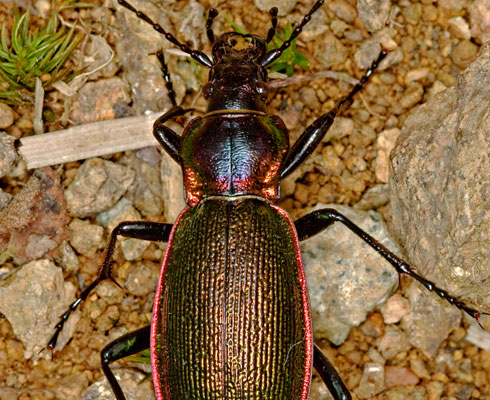
Carabus olympiae.
© Mauro Morando
Carabus olympiae.
© Mauro MorandoAuthor

Conrad P D T Gillett
PhD student
A word from the author
"A recent study (Negro et al 2008) investigated the dispersal of Carabus olympiae using tiny radio tags to monitor the beetles’ movements within its habitat. The study showed that the beetle prefers to stay within forested areas or those covered with rhododendron bushes. The species rarely ventures into open pasture areas. This work has shown the importance of maintaining the forested and rhododendron-covered areas for the future survival of the species."
Mauro Morando and Mauro Paschetta are gratefully acknowledged for their beautiful photographs of C. olympiae.
